
Tan Zhongyi and Lei Tingjie also split the point in a balanced game
The first game of the final was as exciting as it gets. Divya unleashed some excellent opening preparation and was on the verge of scoring a win in under 25 moves. However, Humpy defended tenaciously and capitalized on a few inaccuracies to salvage a draw.
The second game of the match will be played tomorrow, with Humpy having the white pieces.
In her post-game interview, Humpy admitted she had narrowly escaped defeat: “I think she was clearly better after 12.Rb1 instead of 12.Nc4. After that, I’m not sure what was going on, but it was very complicated.”

In the third-place match, Tan and Lei split the point just after the 30-move threshold. Lei will have the white pieces in tomorrow’s second game, with the winner securing the final Candidates qualification spot.
Let’s take a closer look at the games.
Although Divya is comfortable playing both 1.e4 and 1.d4, the former has been her weapon of choice throughout the tournament in Batumi. So, it came as a surprise to see her open today’s game with 1.d4 — and even more so when Humpy Koneru responded with the Queen’s Gambit Declined, a defence she had largely set aside since 2005.
Humpy reintroduced the Queen’s Gambit Declined to her repertoire in 2023, but has used it sparingly compared to her other openings. Her most recent outing in this line — a loss to Lei Tingjie in Norway Chess 2024 — followed the variation featured in today’s game.
Reflecting on that earlier defeat, Humpy said in her post-game interview: “I think that she prepared on this game and I just misplayed the opening and she got a big advantage.”
The first critical moment came very early.
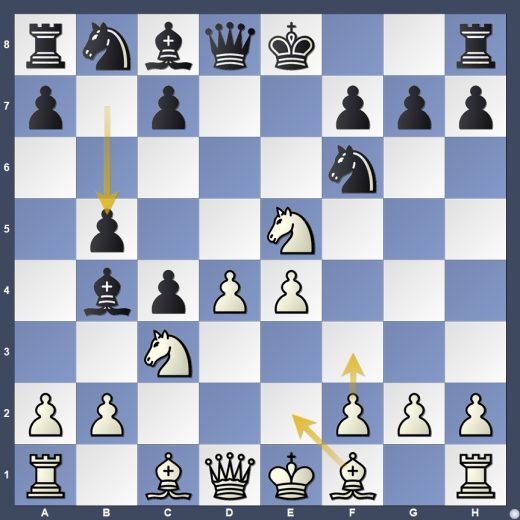
According to the database, this position has appeared in about thirty elite-level games — all of which continued with 7.f3, reinforcing the e4 pawn and guarding against 7…Nxe4.
But Divya deviated with 7.Be2 — a rare move, though not a novelty. GM Evgeny Bareev had employed it against GM Vassily Ivanchuk back in 1992. Today, engines rank it as their third choice.
Humpy spent around ten minutes considering her reply and ultimately declined the pawn with 7…Bb7, possibly wary of running into home preparation. Undeterred, Divya castled and offered the pawn again.
This time, Humpy accepted — and suddenly the game became sharply tactical, reminiscent of the original Bareev–Ivanchuk clash more than three decades ago.
According to the engine, Divya missed an opportunity to achieve an opening advantage on move twelve but certainly on move fourteen she went wrong.
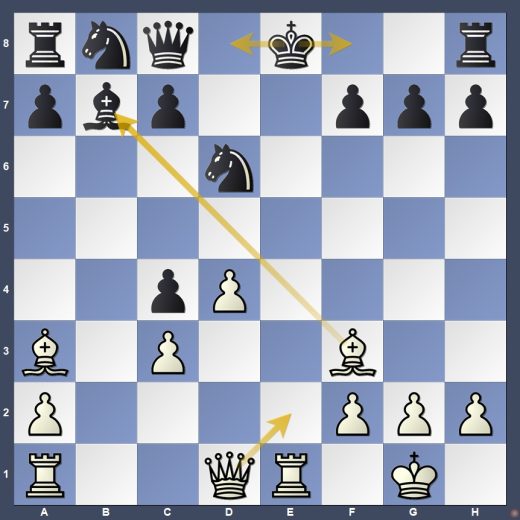
In this critical position, the computer recommends 13…Kd8 for Black. After 14.Qe2 Re8, the position appears dangerous, but with precise play, it remains objectively equal.
However, Humpy opted for 13…Kf8?, a natural-looking move that unfortunately gave her opponent a real chance to seize the initiative. “I don’t remember exactly the reasons, but I felt that 13…Kd8 was the wrong move,” Humpy said after the game.
Sensing that an opportunity had arisen, Divya went into deep thought but ultimately missed the most punishing continuation. She played 14.Bxb7?, grabbing material but allowing the position to equalize after 14…Qxb7 15.Qe2 Nc6 16.d5, when the excellent defensive resource 16…h5! returns the extra piece and neutralizes White’s initiative. “I felt that after 16…h5 I was out of danger,” Humpy reflected.
Instead of capturing on b7, Divya should have played 14.Qe2!, maintaining a crushing +2.5 advantage according to the engine. The move intensifies the pressure on the exposed Black king and keeps White’s attacking momentum alive. Of course, finding such a precise continuation over the board, especially under time pressure, is never easy.
Divya was visibly distressed at the end of the game after missing her chance to secure the win — the disappointment was evident on her face as she sat at the board. Even so, both players graciously spent time with fans who had been waiting all afternoon for a photo opportunity and a chance to meet their chess idols.
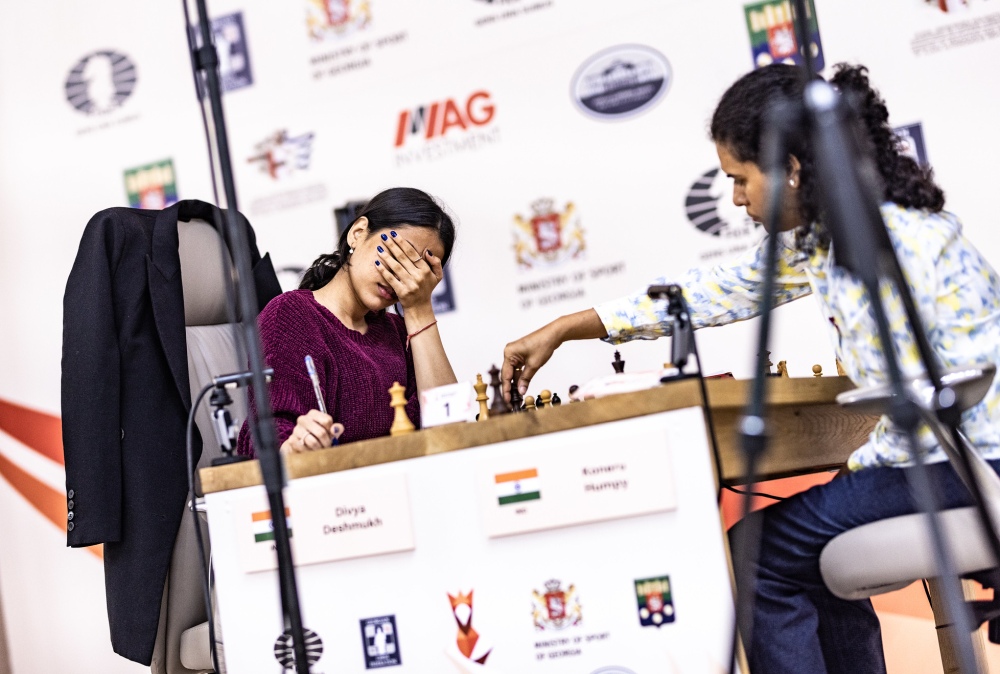
Although all eyes were focused on the main game of the finals, the battle for third and fourth place was equally significant. The winner would secure the third qualifying spot for the Candidates Tournament, plus a €5,000 pay jump.
Both Chinese players, good friends and frequent training partners, brought their best to the board.
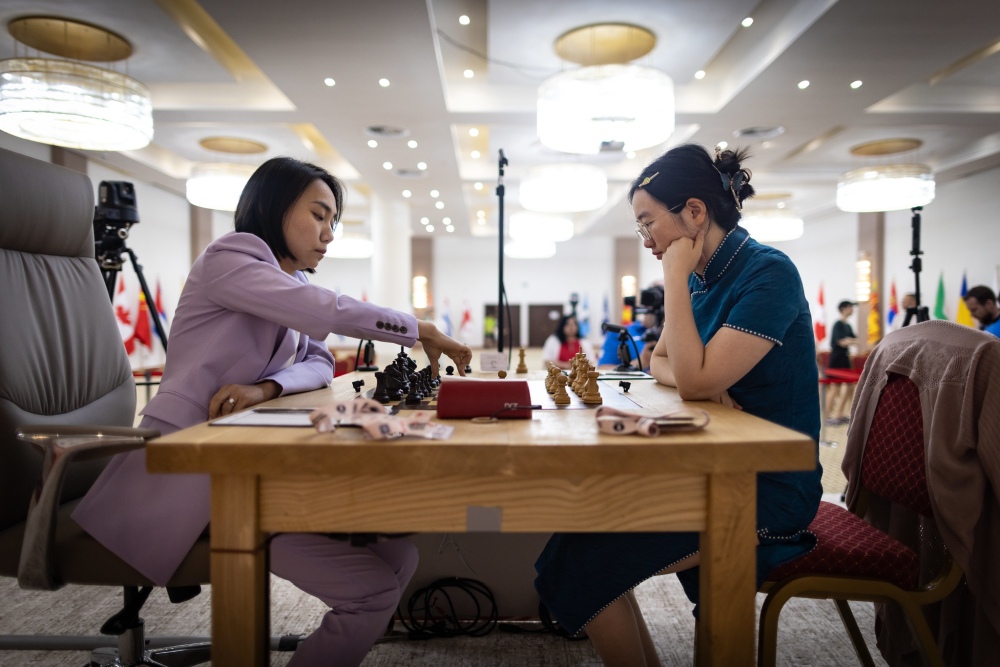
Tan opened with 1.c4, and the game soon transposed into a well-known position from the Queen’s Gambit Declined, Exchange Variation. Both players blitzed out their moves rapidly, demonstrating excellent theoretical knowledge.
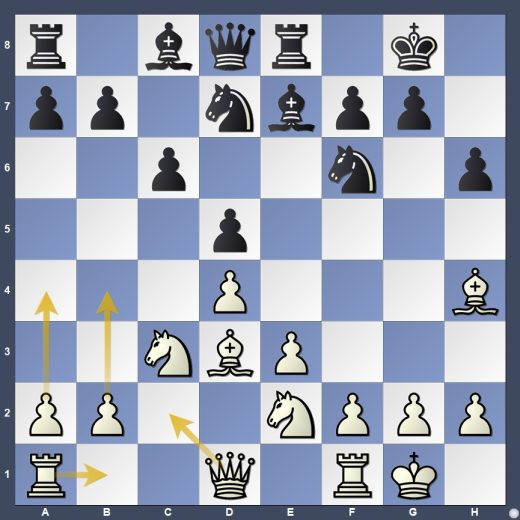
Instead of pursuing the mainstream minority attack plan—characterized by 10.Qc2, followed by 11.Rab1 and a later b4-b5—Tan opted for a less common approach with 10.a4. The idea was to play 11.a5, aiming to clamp down on the queenside. Recent games from elite players such as Caruana, Praggnanandhaa, Vidit, and Grischuk seem to support this strategy.
The pace slowed as the game transitioned into the middlegame around move fifteen. Both players maneuvered their pieces carefully, seeking out the best squares. Their accuracy remained impeccable—no outright mistakes were made.
However, a couple of small inaccuracies by Tan on moves 29 and 30 shifted the balance toward Lei.
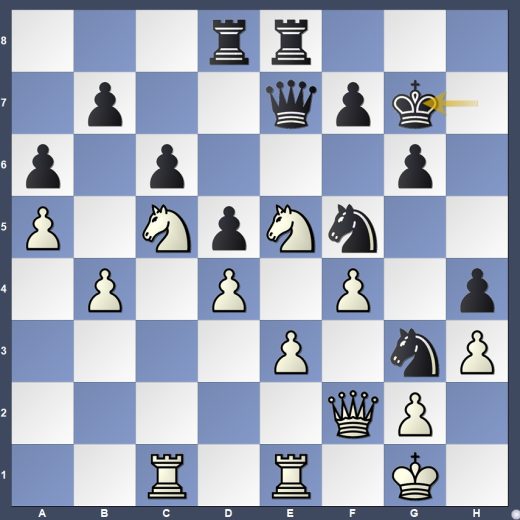
Though the engine suggests Black holds a modest +1 positional advantage—roughly equivalent to a pawn—the position was blocked, and White’s knights stood powerfully in the centre. Black’s slight edge mainly lay in a better pawn structure.
Lei offered a draw just as her clock ticked down to fifteen minutes. In the end, both players left the hall together in good spirits, their friendship evidently undiminished by the fierce contest.
Follow the games live and watch the action with expert commentary provided by GM Valeriane Gaprindashvili and IM Almira Skripchenko on the FIDE YouTube channel.
Written by IM Michael Rahal (Batumi, Georgia)
Photos: Anna Shtourman
About the tournament:
Scheduled to take place from July 6th to July 28th, the 2025 FIDE Women’s World Cup will gather together in Batumi (Georgia) the world’s best female chess players. A total of 107 players from 46 different federations are set to participate in the event, including seventeen of the current top twenty!
Chess legends, seasoned professionals and emerging talents will play for the $50,000 first prize, in addition to three qualifying spots for the Candidates.
The full pairings tree and day-by-day results can be found on the Women’s World Cup website.


